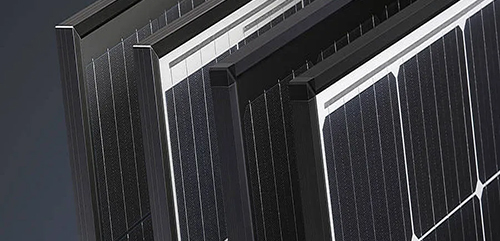
Solar energy is a keystone in the renewable energy movement while technological advancements have led to increased efficiency and accessibility of solar power. One such innovation is “zero gap” solar panels, a term that has attracted considerable attention due to their potential for transforming how solar energy is tapped. However, what are zero gap solar panels and how do they differ from traditional designs?
Understanding Traditional Solar Panels
To fully appreciate the innovation behind zero gap solar panels, it’s important to first understand how conventional ones work. Traditional solar panels consist of many photovoltaic (PV) cells arranged like a grid. These cells produce electricity out of sunlight depending on the amount of sunlight hitting the active surface of PV cells.
However, there tends to be some small gaps between typical solar panels. These gaps are important for various reasons including thermal expansion, electrical insulation and physical structure of these panels. Though these gaps play a significant role in making the panel functional and durable they also represent areas where sunlight is not converted into electricity hence reducing overall panel efficiency.
The Concept of No Gap Solar Panels
No gap solar panels—self-explanatory—are designed to eliminate the gaps between the PV cells. This design is based on a simple concept; that is, if the gaps are reduced or done away with, more space on the panel’s surface can be devoted to harvesting sunlight and converting it into electricity, thus making it more efficient.
There are several ways in which this invention can be realized. Firstly, they may endeavor to ensure that the PV cells are placed extremely close together making contact nearly entirely without any room in between them for their inactivity. Also, there are advanced materials and production processes that enable a continuous flow of currents across cells without formation of crevices that would compromise panels’ structures and electrical resistivity.
Advantages of Zero Gap Solar Panels
Increased efficiency is the main advantage of zero gap solar panels. These panels produce more electricity than conventional ones with similar dimensions owing to more surface area on them being productive. As such, these types of panels are ideal for places with limited spaces like residential roofs or urban settings where energy per square meter must be maximized.
Additionally, the aesthetic appeal associated with zero gap paneling should not go unnoticed by users. This makes them look smoother as they have no joints at all because of their perfect linking up as if they were one piece.
Challenges and considerations
Zero gap solar panels have a number of advantages but also have some challenges. Manufacturing these panels requires precision, which can raise the price of production, that may in turn be passed to consumers. Furthermore, these zero gap designs need to be tested for their durability under conditions of thermal expansion, moisture ingress, mechanical impact and other environmental stresses commonly faced by traditional panels.
Another factor is higher operating temperatures. In the case of normal paneling there is space between them hence some air passing through helps in the removal of heat. Zero gap panels are not associated with such phenomenon thus they get hotter thereby making them less effective in performance and longevity.
The future of zero gap solar panels
In its advance, solar technology has come up with zero gap solar power systems as a step forward towards achieving more efficient renewable energy solutions that save space too. This technology comes with its own challenges that researchers and manufacturers are striving to overcome so as to make zero gap photovoltaic modules affordable, durable and widely available.
Zero gap solar panels are set to become increasingly popular in the next few years, especially in areas where energy maximization and aesthetic considerations take preference. Zero gap solar panels, like other renewable energy trends, will be vital for a sustainable future.
Zero gap solar panels represent an exciting development in the solar power sector as they can achieve higher efficiency while also improving aesthetics. The advantages of these installations make them hard to ignore in terms of future power sources although there are still hurdles that must be overcome. As technology advances, one should expect zero gap solar paneling to become increasingly mainstream within solar installations globally, thereby contributing towards a cleaner environment.






